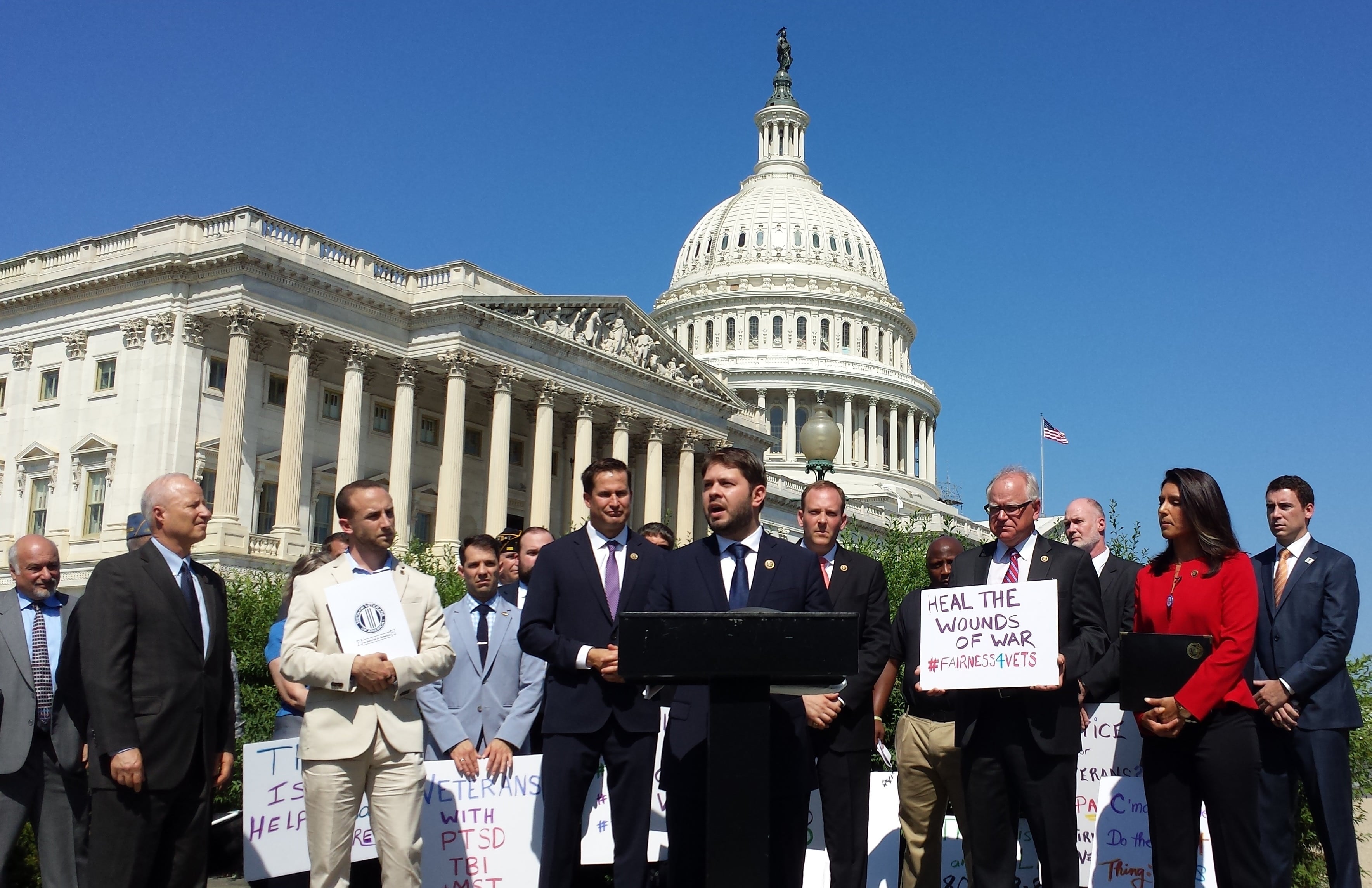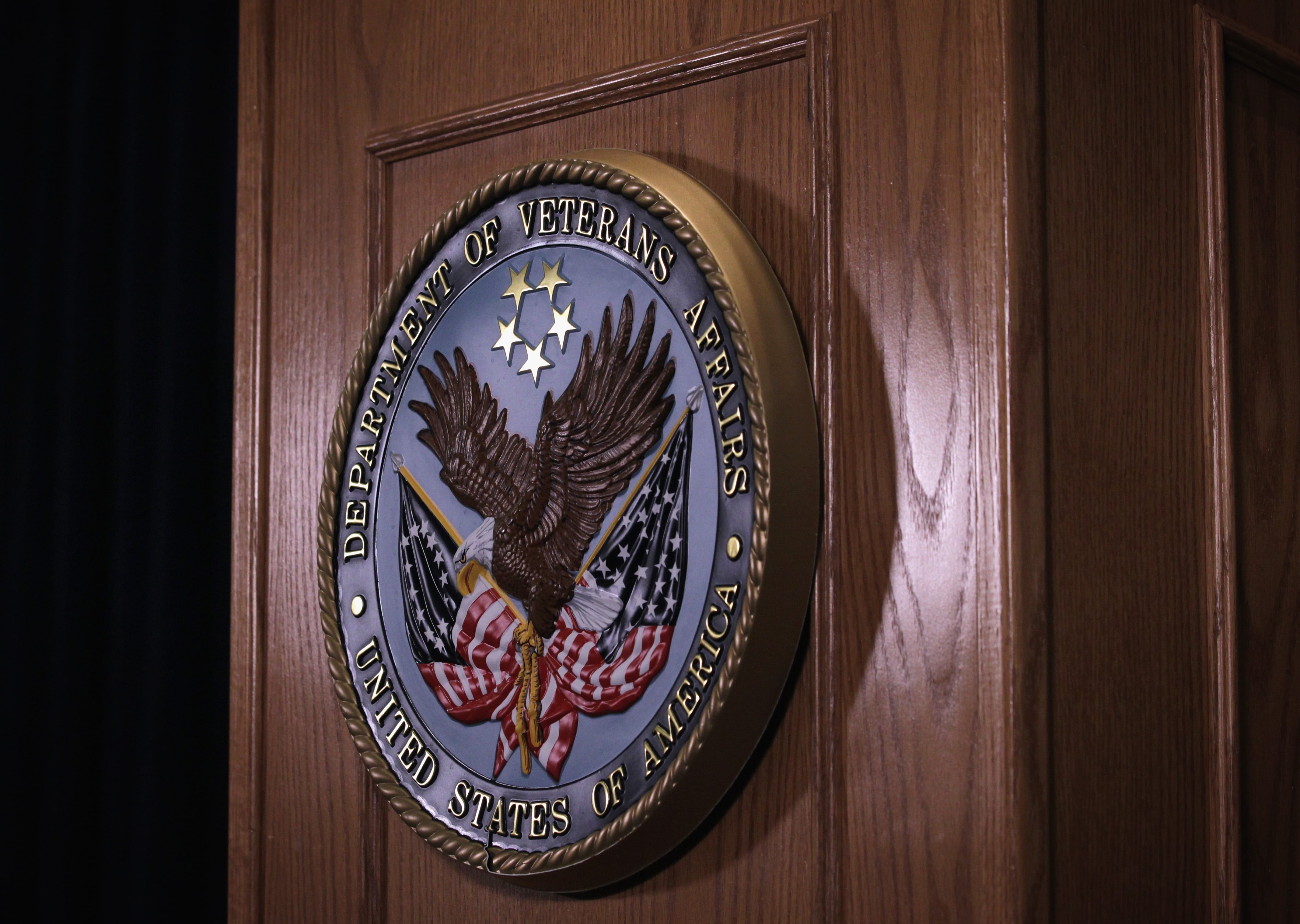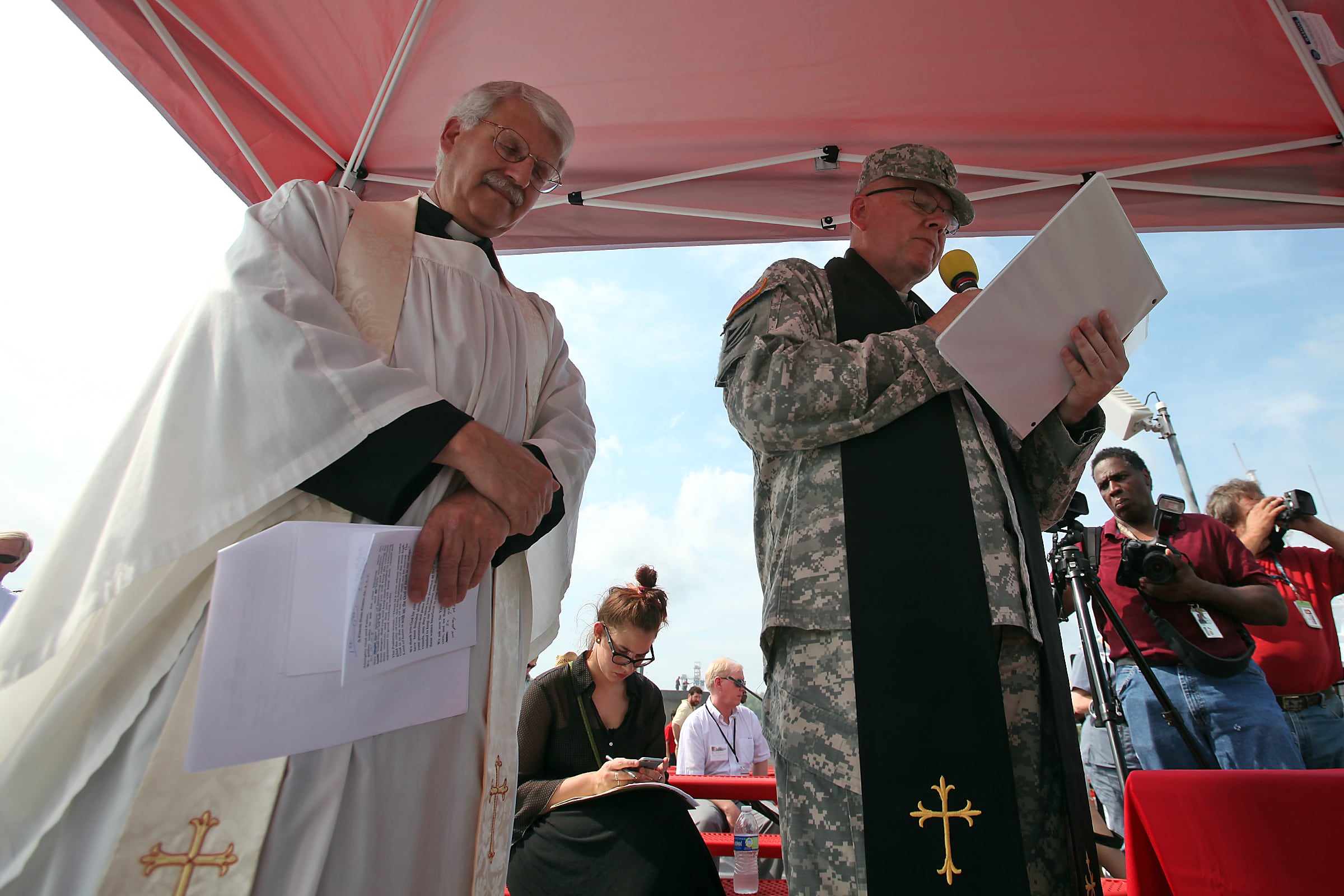It’s been more than a decade since Defense Secretary Chuck Hagel issued a 2014 memo calling for “liberal consideration” of discharge upgrade requests from veterans with symptoms of post-traumatic stress. But today, vets with discharges below honorable are still remaining in limbo for months or years, without access to full benefits of service and facing potential barriers to employment.
That’s according to a Government Accountability Office report published in July. The watchdog report, which evaluated nearly 22,000 cases eligible for liberal consideration that were closed between January 2018 and March 2024, found wild variance between the services in percentage of discharge requests granted, and similar inconsistencies in timeliness, with the Army in particular taking up to three years to adjudicate cases.
In fact, collected data shows, some timelines appear to be getting longer.
The Army Discharge Review Board took an average of 34 months to adjudicate liberal consideration cases in 2024, the longest turnaround time in the observation period. The shortest average review period for that board was 14 months in 2019.
The Naval Discharge Review Board had a top average of 16 months in 2023, up from a low of 11 months in 2018, 2019 and 2021.
The Air Force had the shortest adjudication times, ranging from four months in 2021 and 2022 to 11 months in 2019.
Outcomes were similarly varied. The Air Force had the lowest rates of full and partial upgrade grants and denial rates around 80% between its two upgrade evaluation boards.
The Navy was in the middle, fully granting 27% of requests before the Naval Discharge Review Board and 13% of those before the Board for Correction of Naval Records.
And the Army had the highest proportion of full grants, at 39% for the Army Discharge Review Board and 26% for the records correction board.

The GAO further found that boards responsible for deciding upgrades were inconsistent in explaining their decisions, and that the requirement to post documentation of upgrade decisions in a public online reading room was met less than half the time, limiting transparency.
And while the Defense Department concurred with some recommendations GAO made to increase transparency and introduce common standards across the department for consistency in decision-making, it pushed back on others, according to the watchdog.
Although the Defense Department agreed it should assess how the services’ post-separation review boards are applying the standard of liberal consideration, it called GAO’s recommendation to establish a single joint review board for all discharge requests premature, and said it would evaluate the impact of the proposal instead.
The department also disagreed with recommendations to establish timeframes, at the DOD and service levels, to adjudicate discharge upgrades and post current estimates of evaluation timeframes online.
“Litigation requirements and congressionally mandated reviews and associated processes have significantly tasked the Review boards,” officials wrote in a statement prepared by the Office of the Under Secretary of Defense. “The Secretaries of the Military Departments require flexibility to allocate resources appropriately and ensure the most efficient overall processing across the review boards of all the matters subject to their review.”
None of these findings surprise Kristofer Goldsmith. An Army veteran who was booted from the service with a general discharge after a suicide attempt linked to post-traumatic stress from his service in Iraq, during which he was tasked with photographing and documenting dead and mutilated bodies, Goldsmith began a campaign that would span nearly two decades to change the system not only for himself, but for other veterans whose service characterization was affected by their combat experiences.
Goldsmith finally received his own upgrade to an honorable discharge in 2019 — 12 years after he got out of the Army — having applied four times and been instrumental in passing a 2018 law codifying Hagel’s liberal consideration memo.
Situations like his own are “extraordinarily common,” Goldsmith told Military Times.
In fact, data from the Veterans Legal Clinic compiled in 2016 shows that 6.5% of veterans who served between 2002-2013, Goldsmith’s era, were ineligible for benefits from the Department of Veterans Affairs, dramatically up from 2.8% of Vietnam-era veterans and 1.7% of World War II vets.
“We were fighting unpopular wars for quite a while, and at the end of the day, commanders, even some of the best ones, are forced to look at their troops as numbers,” Goldsmith said. “They have to get their units ready for deployments. When we were going through the Global War on Terror, where a unit would be one year on, one year off with deployments to Iraq and Afghanistan, that meant there was no time for people to be rehabilitated, whether that was medically or … whether it’s related to PTSD symptoms.”

And yet, though changes like the Hagel memo and associated legislation are positive, along with broader awareness of the plight of vets with “bad paper” discharges who might struggle to gain access to needed VA health care or educational benefits to aid their transition to civilian life, Goldsmith sees little incentive for the Defense Department to help this population.
“Short of a PR crisis that affects recruiting, which this issue has never risen to, the DOD … will always look at it as dollars,” Goldsmith said, noting that retroactive pay and benefits that come with discharge upgrades were an expense to the DOD that didn’t deliver a concrete value in return.
Existing delays might in fact be exacerbated in coming months, said Rochelle Bobroff, director of the National Veterans Legal Services Program’s pro bono arm, Lawyers Serving Warriors.
“I’ve seen three to four years to get a decision,” Bobroff told Military Times, adding that amid personnel reductions at the Defense Department, processes seemed to be slowing down at every level. “I can’t say whether things will get worse, but I don’t expect things to get better.”
Last year, Bobroff said, NVLSP assisted in about 200 discharge upgrade cases. This year, the organization is on track to help with about 200 more.
There are five military discharge characterizations below honorable, ranging from general to dishonorable; these characterizations affect the benefits for which a veteran is eligible, from vocational rehabilitation to health care.
Popping positive on a drug test for marijuana can result in a bad paper discharge, as can military-specific offenses like fraternization.
Sometimes, Bobroff said, NVLSP will encounter cases where military sexual trauma might be a cause for post-traumatic stress, but testimony or documentation of that trauma isn’t considered as part of the upgrade case.
“We have some very strong cases where we feel liberal consideration has not been applied,” she said. “We’ve taken some to court.”
Goldsmith’s advice for veterans seeking a discharge upgrade: don’t even attempt it without enlisting a lawyer’s help.
He also recommended that veterans prepare themselves for what can be a re-traumatizing experience in documenting and attesting to their experience as part of making their case.
Though he said he doubted it could be done, Goldsmith said he’d find it informative to track “metrics for a veteran’s success” post-service and link them to the commander that veteran served under, creating a new incentive for leaders to invest in long-term success.
“If the Army, back in 2007 had looked at me and treated me differently and maybe focused on rehabilitation, physical and mental, you know, maybe I’d still be in the Army,” he said. “Instead, I’ve spent the last 20 years talking about the cost of service that most other people don’t talk about.”





